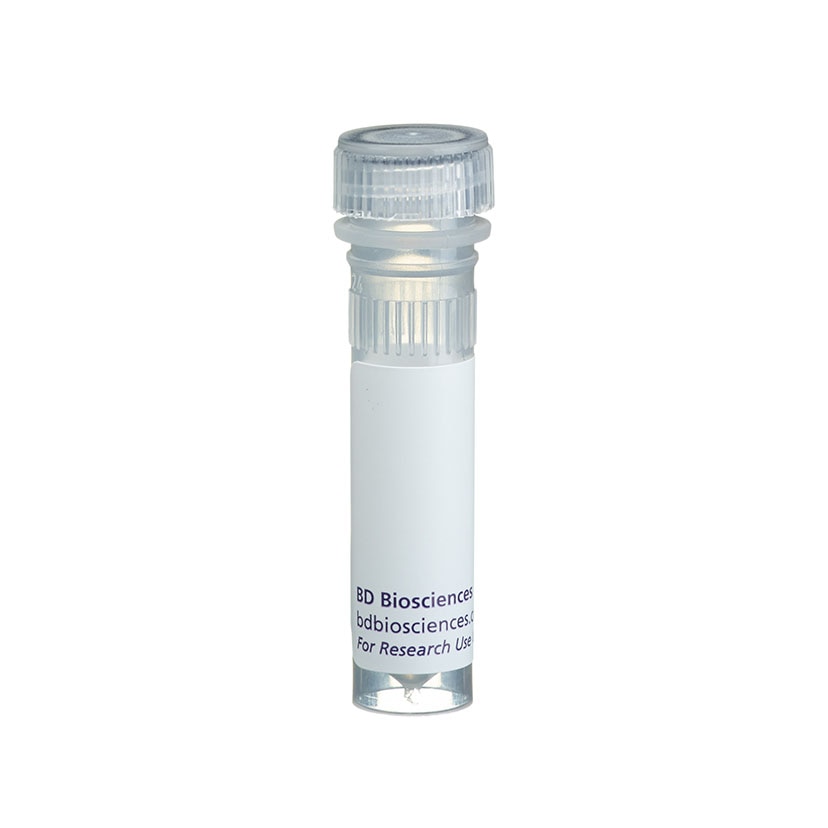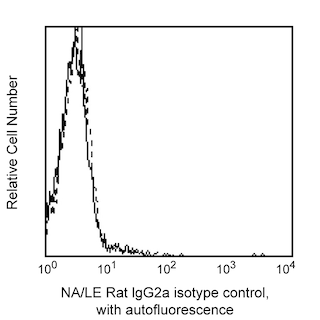-
抗体試薬
- フローサイトメトリー用試薬
-
ウェスタンブロッティング抗体試薬
- イムノアッセイ試薬
-
シングルセル試薬
- BD® AbSeq Assay | シングルセル試薬
- BD Rhapsody™ Accessory Kits | シングルセル試薬
- BD® Single-Cell Multiplexing Kit | シングルセル試薬
- BD Rhapsody™ Targeted mRNA Kits | シングルセル試薬
- BD Rhapsody™ Whole Transcriptome Analysis (WTA) Amplification Kit | シングルセル試薬
- BD® OMICS-Guard Sample Preservation Buffer
- BD Rhapsody™ ATAC-Seq Assays
- BD Rhapsody™ TCR/BCR Next Multiomic Assays
-
細胞機能評価のための試薬
-
顕微鏡・イメージング用試薬
-
細胞調製・分離試薬
-
- BD® AbSeq Assay | シングルセル試薬
- BD Rhapsody™ Accessory Kits | シングルセル試薬
- BD® Single-Cell Multiplexing Kit | シングルセル試薬
- BD Rhapsody™ Targeted mRNA Kits | シングルセル試薬
- BD Rhapsody™ Whole Transcriptome Analysis (WTA) Amplification Kit | シングルセル試薬
- BD® OMICS-Guard Sample Preservation Buffer
- BD Rhapsody™ ATAC-Seq Assays
- BD Rhapsody™ TCR/BCR Next Multiomic Assays
- Japan (Japanese)
-
Change country/language
Old Browser
Looks like you're visiting us from {countryName}.
Would you like to stay on the current country site or be switched to your country?




Flow cytometric analysis of recombinant Mouse PD-1 Ligand 2-Human IgG1 Fc Chimera Protein (PD-L2 Fc) binding blockade by Purified NA/LE Rat Anti-Mouse CD279 (PD-1) antibody on activated mouse leucocytes. C57BL/6 mouse splenic leucocytes were cultured (3 days, 37°C) with plate-bound Purified NA/LE Hamster Anti-Mouse CD3 antibody (Cat. No. 553057). The activated leucocytes were either not stained (Histogram 4; Secondary Antibody Control) or stained with Recombinant Mouse PD-L2/B7-DC (Human IgG1) Fc Chimera Protein (PD-L2 Fc; R&D Systems Cat. No. 1022-PL-100; Histogram 3) at 1 µg/test to assess PD-L2 Fc binding levels. For experimental controls, activated leucocytes preincubated with either Purified NA/LE Rat IgG2a Isotype Control (20 µg/test; Cat. No. 554687; Histogram 2) or Purified NA/LE Rat Anti-Mouse CD279 (PD-1) antibody (20 µg/test; Cat. No. 568262; Histogram 1) were also assessed prior to staining with the PD-L2 Fc protein. The cells were washed and secondarily stained with R-Phycoerythrin AffiniPure Goat Anti-Human IgG, Fc fragment specific (PE Anti-Human IgG Fc; Jackson ImmunoResearch, Cat. No. 109-115-098). DAPI Solution (Cat. No. 564907) was added to cells right before analysis. The fluorescence histograms showing the bound levels of PD-L2 Fc protein were derived from gated events with the forward and side light-scatter characteristics of viable (DAPI-negative) activated leucocytes. Flow cytometry and data analysis were performed using a BD LSRFortessa™ X-20 and FlowJo™ software. Data shown on this Technical Data Sheet are not lot specific.


BD Pharmingen™ Purified NA/LE Rat Anti-Mouse CD279 (PD-1)

Regulatory Statusの凡例
Any use of products other than the permitted use without the express written authorization of Becton, Dickinson and Company is strictly prohibited.
Preparation and Storage
Product Notices
- Please refer to www.bdbiosciences.com/us/s/resources for technical protocols.
- Since applications vary, each investigator should titrate the reagent to obtain optimal results.
- Please refer to http://regdocs.bd.com to access safety data sheets (SDS).
- An isotype control should be used at the same concentration as the antibody of interest.
関連製品





The 29F.1A12 monoclonal antibody specifically recognizes CD279 which is also known as Programmed Death-1 (PD-1). CD279 (PD-1) is a ~55-kDa type I transmembrane glycoprotein that is encoded by Pdcd1 (Programmed cell death 1) which belongs to the CD28/CTLA-4 family of immunoreceptors within the Ig superfamily. CD279 (PD-1) is comprised of an extracellular region with an IgV-like domain, a transmembrane sequence, and an intracellular region with an immunoreceptor tyrosine-based inhibitory motif (ITIM) and an immunoreceptor tyrosine-based switch motif (ITSM) that are associated with suppressive immunoregulatory functions. CD279 (PD-1) is variably expressed on some thymocyte subsets and developing B lymphocytes at the pro-B-cell stage. It is also inducibly expressed on activated myeloid cells, B cells, and T cells including exhausted T cells found in mice during chronic viral infections or cancer. Although this co-inhibitory receptor plays roles in mediating immunological tolerance and preventing autoimmune responses it can also inhibit protective immune responses against microbial infections and cancer. CD273 (also known as PD-L2 or B7-DC) and CD274 (PD-L1 or B7-H1) are members of the B7 family within the Ig superfamily. These molecules serve as ligands for CD279 (PD-1) and are variably expressed on lymphoid and nonlymphoid cell types including antigen-presenting cells and tumor cells. The 29F.1A12 antibody can reportedly block the binding of these ligands as well as other mouse PD-1-specific antibodies including clones J43, G4, and RMP1-14. Antibody-mediated inhibition of the interaction between PD-1 and its ligands can serve as an immune checkpoint blockade that can augment T-cell responses against tumor cells.
Development References (4)
-
Liang SC, Latchman YE, Buhlmann JE, et al. Regulation of PD-1, PD-L1, and PD-L2 expression during normal and autoimmune responses.. Eur J Immunol. 2003; 33(10):2706-16. (Immunogen: Flow cytometry, Immunofluorescence, Immunohistochemistry). View Reference
-
Lázár-Molnár E, Gácser A, Freeman GJ, Almo SC, Nathenson SG, Nosanchuk JD. The PD-1/PD-L costimulatory pathway critically affects host resistance to the pathogenic fungus Histoplasma capsulatum.. Proc Natl Acad Sci U S A. 2008; 105(7):2658-63. (Clone-specific: In vivo exacerbation). View Reference
-
Polesso F, Munks MW, Rott KH, Smart S, Hill AB, Moran AE. PD-1-specific "Blocking" antibodies that deplete PD-1+ T cells present an inconvenient variable in preclinical immunotherapy experiments.. Eur J Immunol. 2021; 51(6):1473-1481. (Clone-specific). View Reference
-
Puzey MS, Craig CJ. Hydrometrocolpos--a case report.. S Afr Med J. 1992; 81(6):336-7. (Biology). View Reference
Please refer to Support Documents for Quality Certificates
Global - Refer to manufacturer's instructions for use and related User Manuals and Technical data sheets before using this products as described
Comparisons, where applicable, are made against older BD Technology, manual methods or are general performance claims. Comparisons are not made against non-BD technologies, unless otherwise noted.
For Research Use Only. Not for use in diagnostic or therapeutic procedures.
Report a Site Issue
This form is intended to help us improve our website experience. For other support, please visit our Contact Us page.